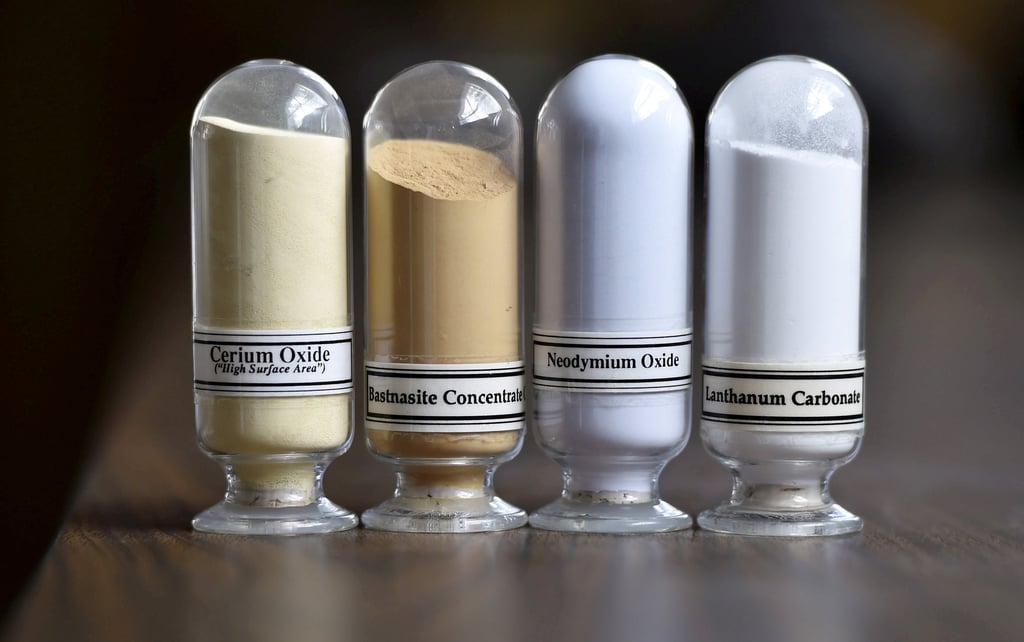China is moving up the rare earth value chain. The West is trying to catch up
- It used to provide cheap raw materials to Western nations to make high-end products for clean energy
- Now China is importing upstream products, then exporting the downstream, value-added ones

Last month, a Chinese firm acquired the entire stockpile at Canada’s first and only operating rare earth mine. Shenghe Resources also bought a 9.9 per cent stake in Vital Metals, the Australian company that owns the project.
Shenghe has been importing rare earths from American and Australian miners and processing them in China since 2016.
And as Western countries develop their own rare earth supply chains to reduce reliance on China, acquisitions like Shenghe’s show how China is seeking to import upstream products from the West, then export value-added products back to these countries.
So while China used to provide cheap raw materials to Western nations to make high-end products for clean energy, it is now attempting to reverse that production flow in the global value chain.

In the rare earth supply chain, upstream production involves the mining of the elements and the extraction and separation of their oxides. Downstream is mainly the production of permanent magnets, used for electric vehicles.
